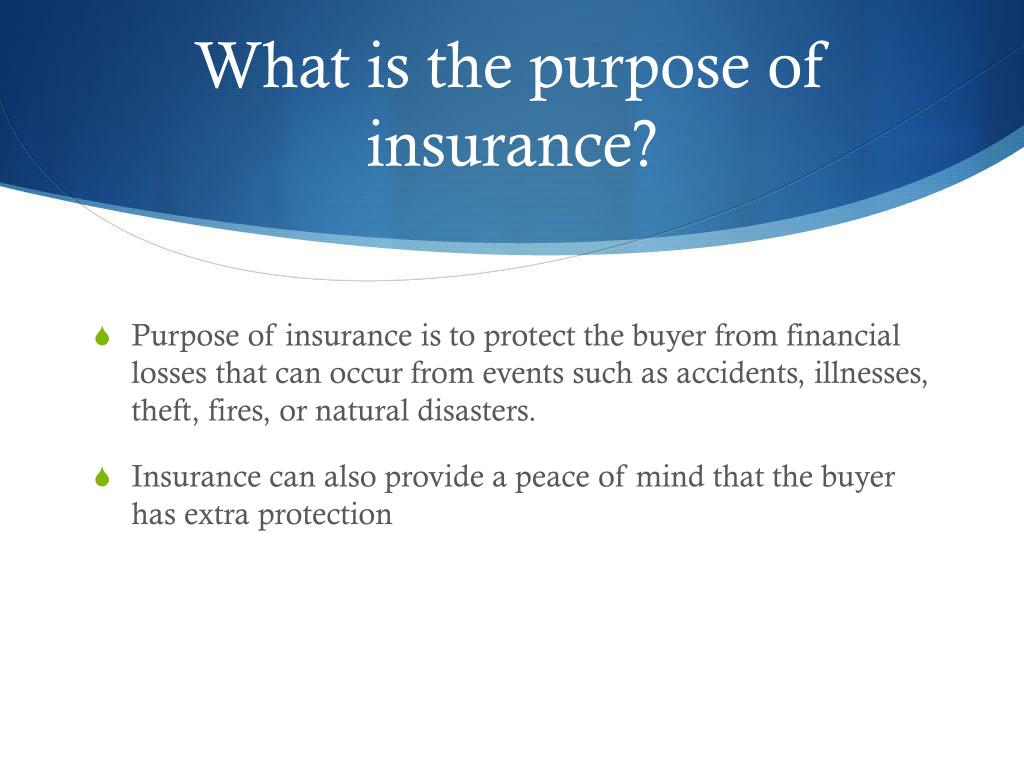Indicators on Pacific Prime You Need To Know
Indicators on Pacific Prime You Need To Know
Blog Article
Get This Report on Pacific Prime
Table of ContentsThe Greatest Guide To Pacific PrimeThe Greatest Guide To Pacific PrimeThe 8-Minute Rule for Pacific PrimeAbout Pacific PrimeSome Known Details About Pacific Prime

This is due to the fact that the data were accumulated for a period of strong financial performance. Of the estimated 42 million people who were without insurance, just about about 420,000 (concerning 1 percent) were under 65 years old, the age at which most Americans come to be qualified for Medicare; 32 million were grownups in between ages 18 and 65, about 19 percent of all adults in this age; and 10 million were kids under 18 years old, about 13.9 percent of all youngsters (Mills, 2000).
These price quotes of the variety of persons uninsured are created from the yearly March Supplement to the Current Population Study (CPS), performed by the Census Bureau. Unless or else noted, nationwide quotes of people without health insurance coverage and percentages of the populace with different kinds of protection are based upon the CPS, the most widely made use of resource of quotes of insurance coverage and uninsurance prices.
The smart Trick of Pacific Prime That Nobody is Discussing

Still, the CPS is specifically beneficial because it generates yearly quotes reasonably swiftly, reporting the previous year's insurance policy coverage approximates each September, and due to the fact that it is the basis for a consistent collection of estimates for more than two decades, enabling analysis of patterns in coverage with time. For these factors, as well as the extensive usage of the CPS in other researches of insurance policy coverage that exist in this record, we depend on CPS estimates, with constraints noted.

The estimate of the number of without insurance individuals broadens when a population's insurance coverage status is tracked for numerous years. Over a three-year duration beginning early in 1993, 72 million individuals, 29 percent of the U.S. https://ameblo.jp/pacificpr1me/entry-12846866195.html. population, were without protection for at least one month. Within a single year (1994 ), 53 million individuals experienced at the very least a month without protection (Bennefield, go to my site 1998a)
6 out of every ten uninsured grownups are themselves used. Working does boost the probability that one and one's family members will certainly have insurance coverage, it is not a warranty. Even members of family members with 2 permanent wage earners have almost a one-in-ten possibility of being uninsured (9.1 percent without insurance price) (Hoffman and Pohl, 2000).
The Ultimate Guide To Pacific Prime
New immigrants account for a significant percentage of people without medical insurance. One evaluation has associated a considerable portion of the current development in the dimension of the U.S. without insurance population to immigrants that got here in the nation in between 1994 and 1998 (Camarota and Edwards, 2000). Current immigrants (those that came to the USA within the past 4 years) do have a high rate of being without insurance (46 percent), yet they and their youngsters make up just 6 percent of those without insurance country wide (Holahan et al., 2001).
The partnership between medical insurance and accessibility to care is well developed, as recorded later on in this chapter. Although the relationship between medical insurance and health and wellness outcomes is neither straight nor simple, a considerable professional and wellness solutions study literature links health and wellness insurance policy coverage to enhanced accessibility to care, far better top quality, and enhanced personal and populace health status.
Levels of analysis for analyzing the results of uninsurance. It focuses specifically on those without any kind of health and wellness insurance policy for any kind of length of time.
Get This Report on Pacific Prime
The troubles encountered by the underinsured remain in some areas comparable to those faced by the uninsured, although they are typically less serious. group insurance plans. Uninsurance and underinsurance, nonetheless, involve noticeably different plan concerns, and the techniques for addressing them may vary. Throughout this study and the five reports to adhere to, the primary emphasis gets on individuals without any health insurance coverage and hence no support in paying for healthcare past what is offered via charity and safeguard institutions
Health and wellness insurance coverage is a powerful aspect impacting invoice of treatment due to the fact that both people and doctors react to the out-of-pocket rate of solutions - https://www.cheaperseeker.com/u/pacificpr1me. Medical insurance, nevertheless, is neither needed nor enough to access to clinical solutions. The independent and direct effect of health insurance policy protection on access to health and wellness services is well developed.
Others will obtain the health and wellness care they require even without medical insurance, by paying for it expense or seeking it from service providers who use care totally free or at very subsidized prices. For still others, medical insurance alone does not make sure receipt of treatment because of various other nonfinancial barriers, such as an absence of wellness care providers in their area, restricted accessibility to transportation, illiteracy, or linguistic and social differences.
The Best Guide To Pacific Prime
Formal research about uninsured populations in the United States dates to the late 1920s and very early 1930s when the Board on the Price of Treatment produced a series of records concerning financing physician office gos to and hospital stays. This concern came to be salient as the numbers of medically indigent climbed up throughout the Great Depression.
Report this page